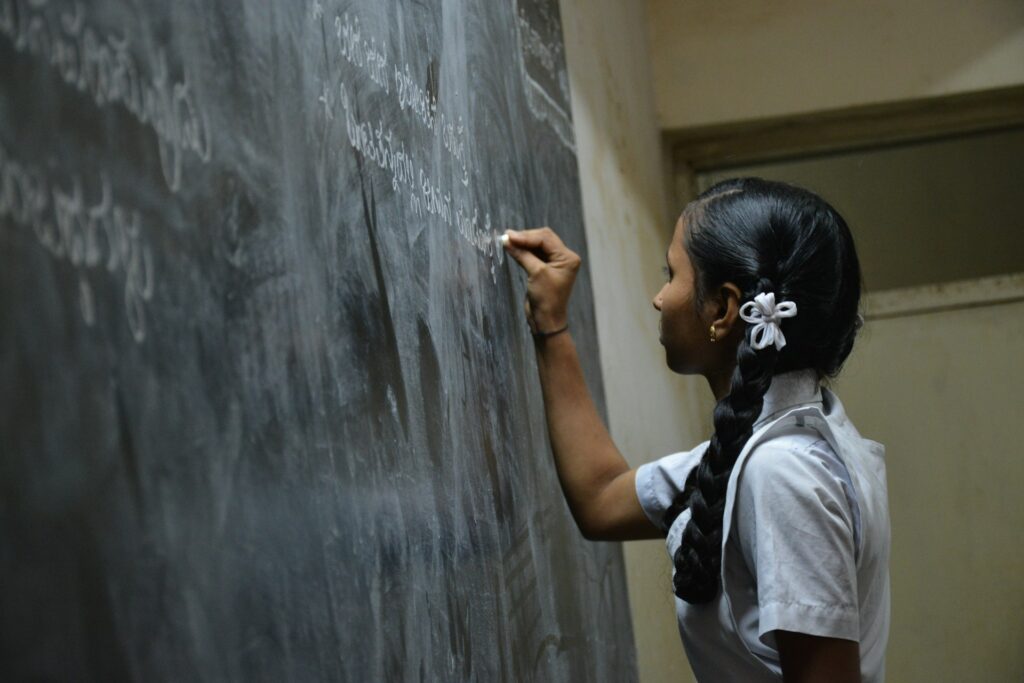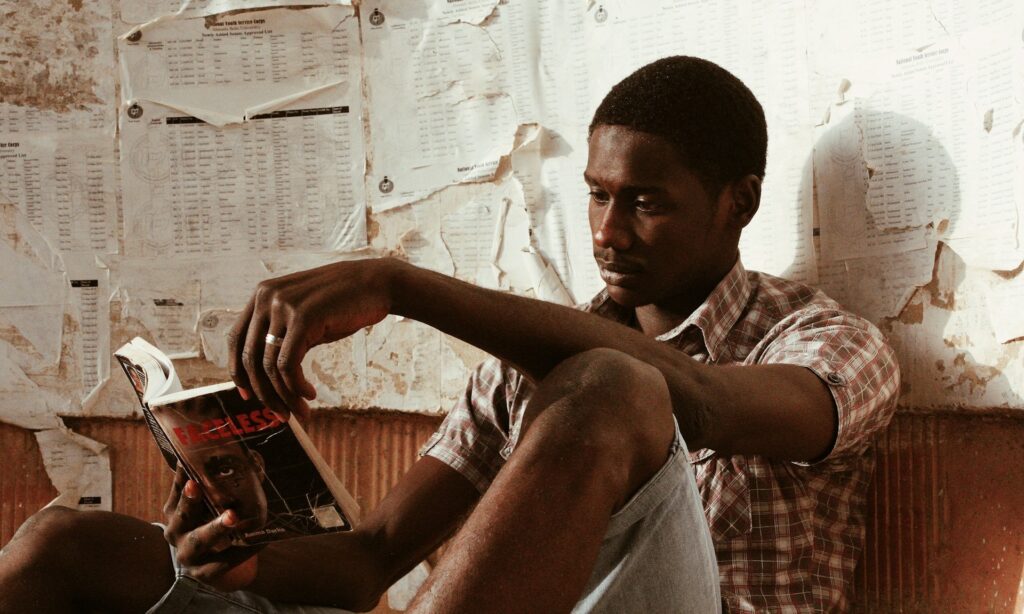Literacy is the ability to engage with information, or, more specifically, the written word. While this may conjure visions of cozying up with a good book, it also includes writing, or the creation of inscribed content. In today’s increasingly information-driven world, literacy empowers people to thrive.
History – Reading, Past to Present
It’s hard to imagine a world without the written word. Today, writing is everywhere, from signs to newspapers to books, but it wasn’t always so. Writing as a means of recordkeeping emerged around 3000 BCE; Sumerian cuneiform and Egyptian hieroglyphics are generally considered the earliest complete writing systems, but very few people within these ancient societies could actually read or write. Even as writing became more accessible with the invention of scrolls and books, relatively few people worldwide could engage with these written accounts as they remained expensive and laborious to produce. It wasn’t until the mid-15th century CE and the invention of the printing press which made producing the written word swifter, cheaper, and easier did large numbers of people start reading.
From a historical perspective, literacy levels for the world population have risen drastically in the last couple of centuries. While only one in ten people in the world could read and write in 1820, today, the share has reversed, with only one in ten remaining illiterate.
– Max Roser and Esteban Ortiz-Ospina, writing for Our World in Data

Definition
In a world with so many differences of opinion and belief, it comes as no surprise that there is variance when it comes to the definition of literacy. While some consider it the ability to comprehend words on a page, UNESCO considers the literacy to include both reading and writing as well as counting skills “as a means of identification, understanding, interpretation, creation, and communication.” Not everyone includes numeracy in the definition, however; many actually consider it as its own concept and skill, though of similar importance and value. In fact, when measuring literacy, most of the world – but not all, of course – considers the number of persons 15 years or older “who can both read and write with understanding a short simple statement about their everyday life.”

Literacy and Our World
Literacy is not intelligence. Rather, it is a skill developed through training that we call education. When it comes to basic literacy, these skills are taught in primary school and developed throughout a student’s scholastic career. It comes as little surprise, therefore, that many of the poorest countries in the world also have the lowest literacy rates, as education in these areas is harder to achieve, especially among the marginalized and disadvantaged communities.
So, while most of the world can read and write, there remain more than 750 million who cannot. South and West Asia, and sub-Saharan Africa are the regions with the lowest literacy rates, with Chad at a 27% literacy rate, Afghanistan at 37%, and Nepal at 71%. Of those millions who remain illiterate, two thirds of them are women. This is why in countries like Nigeria, who has a 62% literacy rate overall – but among the female population it plummets to under 53% — teaching literacy skills is a major factor in empowering women and girls.
Want to Know More?
Check out this World Population Review article!
Being so tied to education, literacy took a heavy hit during the COVID-19 pandemic. In fact, according to UNESCO, this epidemic caused the worst disruption to education in a century, the effects of which are still being investigated and understood.
[The COVID-19 crisis] hit hardest those who were already marginalized, including 773 million non-literate adults and young people – two-thirds of whom are women – and 617 million children and adolescents who were failing to acquire basic reading and numeracy skills even before the crisis.
– UNESCO

In the poor countries of sub-Saharan Africa, the innovative learning tools such as radio and television which were utilized during the crisis have been inaccessible for those poor communities who frequently do not have access to reliable – or any – electricity in their homes. As the educational focus remained on children’s learning experiences during this time, adult learning and literacy programs around the globe suffered from lack of funding and closure, a setback to empowering struggling adults that governments everywhere are working to rectify. Solutions such as solar-powered devices and increased connectivity to remote areas are some of the innovative solutions proposed to circumvent the difficulties of education and literacy around the world. For young and old, literacy helps individuals navigate this modern world better and improves both physical and mental health. It increases earning capacity and enables greater participation in labor markets. It also enables a lifetime of learning, encourages critical thinking and empathy, and promotes greater civic participation. As we strive to make this world a better place, it is important to encourage literacy in children and adults, which is why Blackbird is partnering with Half-Price Books to send books at a variety of learning levels to The Gambia!
Check out this Power of Literacy story from UNESCO!
Check out this Literacy Fact Sheet from Literacy Worldwide!
